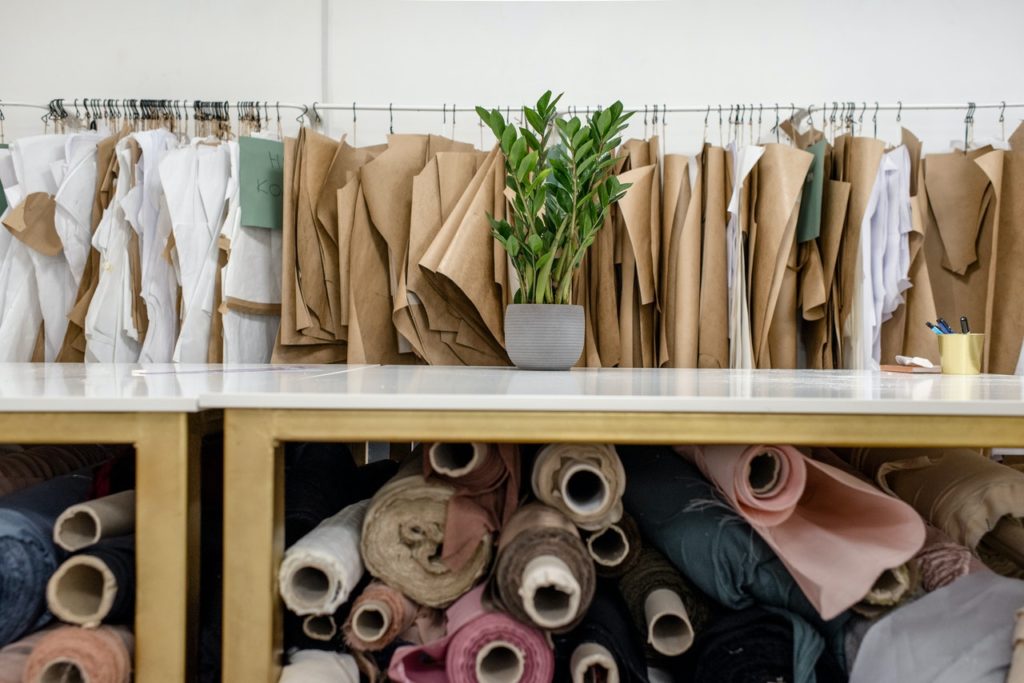Retail was one of the hardest-hit sectors during the pandemic. This resulted from a combination of factors: supply chain disruption, the public’s newfound aversion to physical proximity, and competition from the likes of Amazon and e-commerce businesses.
Now that vaccination programs have been rolled out successfully, many areas have reopened. With the loosening of health and safety measures, there’s a growing sense of public confidence that we’re returning to normal.
But in the world of retail, change is the only constant. And the new normal, things aren’t entirely the same. It will take significant adjustments if businesses are to continue to thrive.
The reopening boom
As you’d expect after dealing with a year or more of stay-at-home restrictions and shuttered stores, both consumers and retailers were eager for normal shopping to be restored.
In the US, sales numbers increased by 30% year-on-year in March 2021. Of course, this figure is somewhat inflated by a downturn in the previous March, reflecting the onset of the pandemic. Stimulus checks also gave consumers more temporary spending power. Still, the boost is at 21.1% compared to the last ‘normal’ of March 2019.
The reopened shopping scene in the UK has reflected similar joy, with long lines at the high streets and heavy footfall in general. There’s a collective sense of relief at the satisfaction of pent-up demand. People have been yearning for the unique experience that in-store shopping provides, not only by physically interacting with products but talking with staff and sharing the experience with friends.
Stores can certainly expect the boom to continue a while yet. For instance, sporting activities and special occasions like weddings will resume, with a corresponding increase in demand for the appropriate attire.
But not everyone will get an equal slice of the windfall from this bounce-back pie.
Long-term adjustments
In the past, stores may have been able to afford a temporary shutdown, perhaps to renovate or redecorate. They’d post a sign, and after a few days, return to business as usual, with the same volume of customers.
The length of the pandemic changed that. Not only did it force many retailers to close permanently, but it also changed consumer habits. Online shopping increasingly came to be viewed as an acceptable alternative, and e-commerce businesses responded by stepping up their game as well.

In the new normal, stores can ill-afford even one day of complete shutdown. Premise maintenance needs to be done swiftly or even on the fly. Quick-drying epoxy sealers can restore floors in as little as 5-6 hours. Inventory work can be automated using software similar to what larger-scale warehouses use.
You need to be available more often than not because consumers hold power now. They always have the option to order what they want online.
Smart retailers will use that online presence to their advantage. Being open to multi-channel interactions could mean allowing pandemic-style curbside or store pickup options to continue. If some consumers have permanently shifted their priorities towards convenience, accommodating them will help you thrive.
Going beyond that, physical stores can also leverage big data, which is currently a frontier being exploited mostly by online businesses. Flow-mapping human movement is made possible by IoT-enabled devices, for example. These patterns can tell you the general demographic characteristics of shoppers in your store’s area. Big data can also be used to forecast store demand and monitor supply chain agility and delivery efficiency.
Store managers may also need to reconsider how they use physical space, in line with emerging observations and trends on shoppers’ behavior. Conventional store layouts are designed to subconsciously guide people to move through the store and maximize product exposure. If more shoppers visit the premises to try specific products they’ve already reviewed online, the store needs to be reconfigured to maximize that experience.
Adapt or fail
People have longed for a return to normalcy, and pandemic-enforced inhibitions might have increased their discretionary spending. But the boom from reopening will eventually die down.
Retailers need to view this as a limited window of opportunity to reorient themselves and figure out what their shoppers now demand from the in-store experience. Do they want the nostalgia of shopping exactly as it was in the days before Covid-19? Or are they in discovery mode, seeking newness and enhanced experiences that take advantage of innovative technology and youth-oriented marketing channels?
The industry’s conditions have changed irrevocably, for better or worse. Those that wish to thrive must seriously consider discarding the best practices of yesteryear and adapt in earnest to these permanent shifts.





